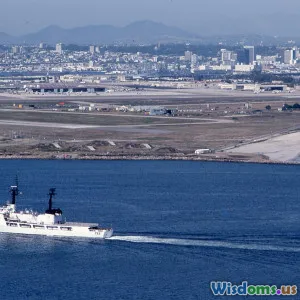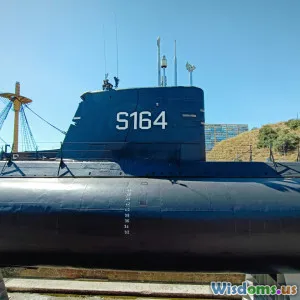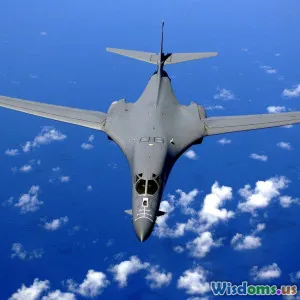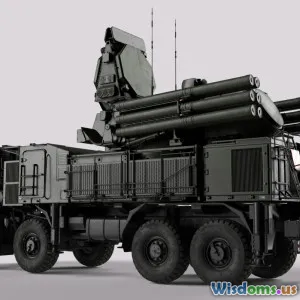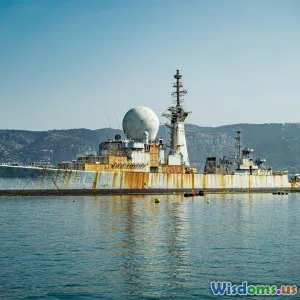
Are Hypersonic Missiles the Future of Ship Defense
32 min read Assess whether hypersonic missiles can protect warships, weighing physics, interception challenges, costs, timelines, and alternatives like lasers, railguns, and electronic warfare with real programs and case studies. (0 Reviews)
Are Hypersonic Missiles the Future of Ship Defense?
Consider the darkest hour on a gray ocean. A destroyer’s radar paints a cluttered sky as a mixed raid of sea-skimming cruise missiles, ballistic reentry vehicles, and kamikaze drones knifes in from multiple bearings. In the combat information center, the difference between victory and a cold, churning grave is measured in seconds. Into this crucible walks a big idea with even bigger velocity: hypersonic defensive missiles. Can weapons that fly faster than five times the speed of sound become the backbone of future ship protection, or are they a specialized tool in a much larger toolkit?
This article examines the case for—and the limits of—hypersonic missiles as ship defenders. It draws from known programs, physics, and tactics to provide a realistic roadmap for navies, engineers, and policymakers.
What Hypersonic Really Means at Sea
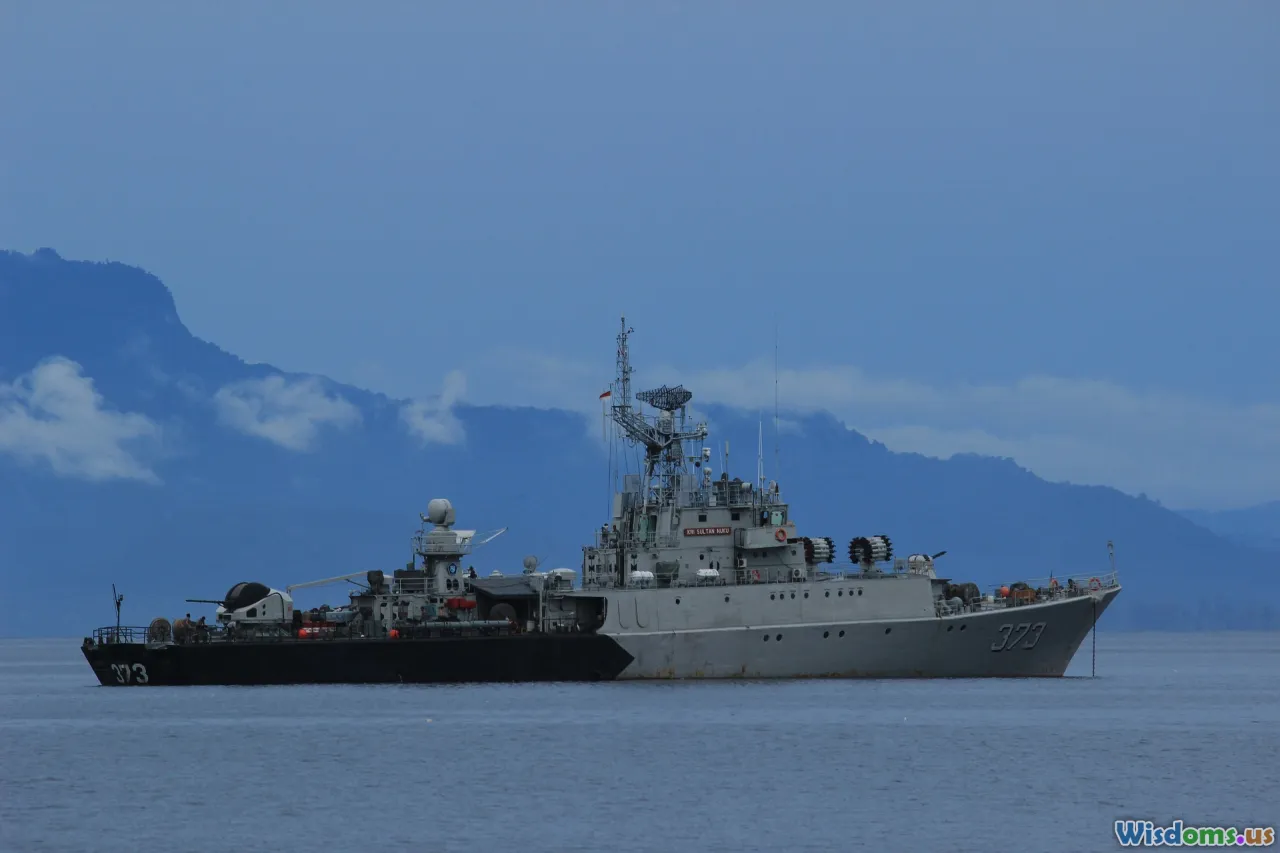
Hypersonic describes flight at Mach 5 or greater—roughly 1 mile per second at sea level. That label captures two major categories of weapons:
- Hypersonic glide vehicles (HGVs): lofted by rockets, they re-enter the atmosphere and glide, often maneuverably, at hypersonic speeds.
- Hypersonic cruise missiles (HCMs): air-breathing weapons (often using scramjets) that maintain hypersonic speed within the atmosphere.
At sea, speed is not just flair; it’s kinematics, geometry, and survivability:
- The horizon challenge: Because Earth is curved, a ship’s radar cannot see sea-skimming threats until they pop over the horizon—often a minute or less before impact. A fast interceptor can buy back precious seconds.
- Closing angles: High-diver threats like quasi-ballistic or glide vehicles can come in steeply from above, compressing reaction time for traditional surface-to-air missiles.
- Maneuver demands: Intercepting a weaving target requires an interceptor with energy to spare. Speed helps retain maneuver margin late in the engagement.
Hypersonic flight also changes the problem set for defense: heat loads, materials that can see and steer through plasma effects, and seekers that can maintain lock at brutal speeds. For the defender, these constraints are as relevant as raw velocity.
The Threat Picture Warships Face in the 2020s

Warships today contend with a spectrum of overlapping threats:
- Subsonic and supersonic sea-skimming cruise missiles: from older designs to more modern systems. Subsonic weapons like LRASM reduce detectability, while supersonic weapons compress reaction time.
- Anti-ship ballistic missiles (ASBMs): Systems such as China’s DF series are designed to strike moving ships at long ranges, potentially with maneuvering reentry vehicles.
- Hypersonic anti-ship missiles: Countries including Russia and China have publicized tests and early deployments, advertising speeds above Mach 5. Independent verification of performance claims is limited, but the trend line is clear: faster, more agile inbound threats are arriving.
- Unmanned aerial systems and loitering munitions: As seen in recent maritime flashpoints, inexpensive drones can saturate defenses and divert attention from higher-end threats.
- Saturation tactics: A mix of decoys, jammers, drones, and missiles can arrive simultaneously from multiple axes and altitudes, overloading sensors, decision cycles, and magazines.
Real-world operations underscore the complexity: in the last few years, naval forces have engaged drones and missiles in busy sea lanes, demonstrating both the value of layered defense and the difficulty of conserving expensive interceptors when facing large numbers of relatively cheap attackers.
How Ships Defend Themselves Today
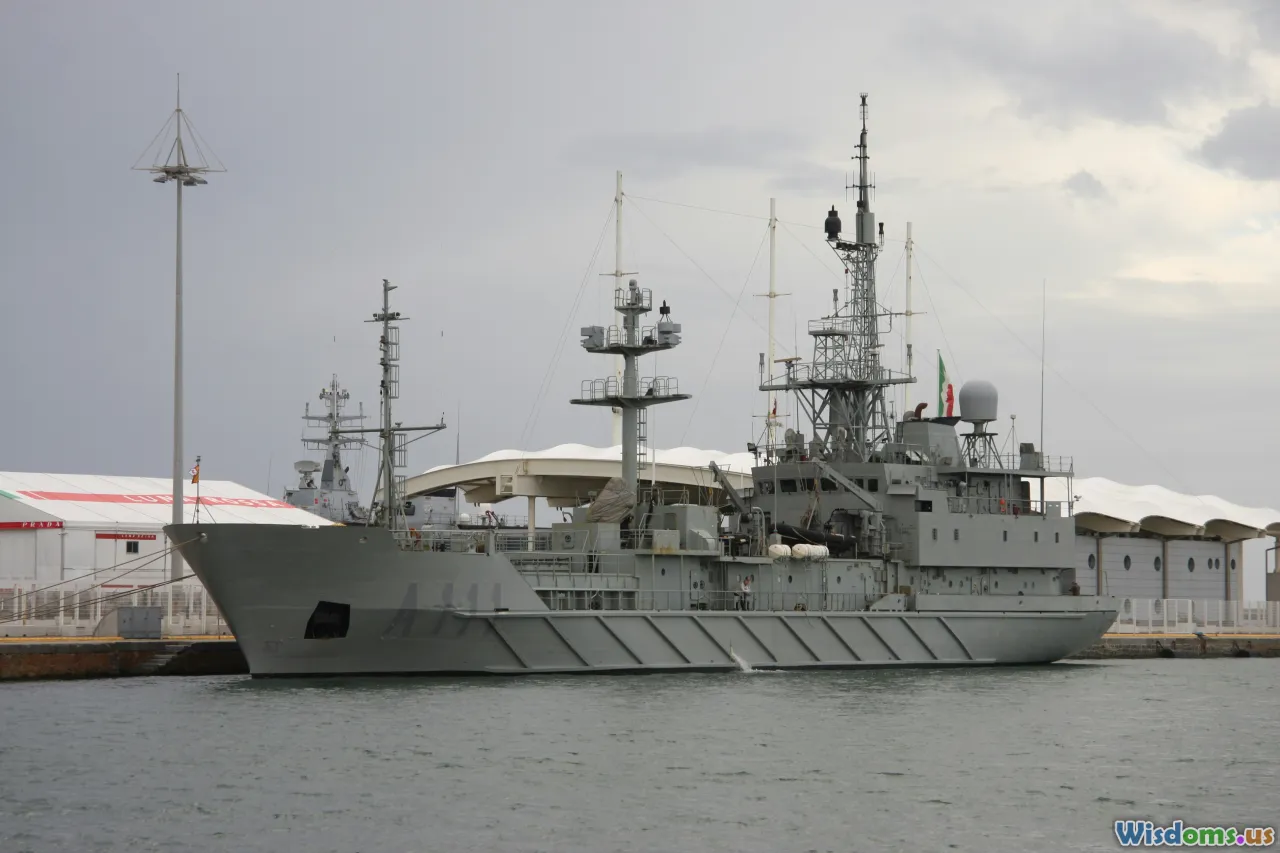
Modern ships use layered defense, which stacks multiple opportunities to detect, confuse, and kill an inbound weapon:
- Sensors and data fusion: Active electronically scanned array radars (e.g., Aegis SPY family, newer SPY-6), electro-optical systems, and passive receivers feed a common tactical picture. Cooperative Engagement Capability and similar data links allow a ship to fire using another platform’s sensors.
- Soft-kill: Electronic warfare suites, chaff, and advanced active decoys (for example, hovering off-board decoys) seduce or confuse seekers without spending a missile.
- Area air defense: Long-range missiles like the Standard family engage aircraft and some ballistic threats well before they get close.
- Point and local defense: Medium-range interceptors such as ESSM and short-range systems like RAM/SeaRAM fill the middle. Close-in weapon systems (CIWS) provide the last-resort gun defense.
- Maneuver and signature management: Course changes, speed adjustments, and emissions control can lengthen engagement geometry and reduce detectability.
This layering works. But as raid density climbs and threat speed rises, the window to execute multiple engagement attempts narrows, and the need for faster-kill options at longer ranges grows more pressing.
Where Hypersonic Interceptors Could Fit

The case for hypersonic defensive missiles rests on three core advantages:
-
Time-to-intercept. A hypersonic interceptor can cover distance swiftly, allowing engagements earlier in a threat’s flight profile. Earlier intercepts reduce the risk of debris near the ship and preserve time to re-engage if the first shot fails.
-
Kinematic overmatch. Hypersonic speed provides energy for endgame maneuvers against weaving or diving threats. Against hypersonic attackers, an interceptor with comparable or greater closing speed may be essential.
-
Geographic reach and defense of others. For carrier strike groups and convoys, a fast defender can protect a larger defended footprint and conduct remote engagements cued by off-board sensors.
Potential mission niches include:
- Glide-phase and terminal intercept of maneuvering hypersonic weapons.
- Rapid counter-cruise-missile engagements beyond the radar horizon when cued by aircraft or satellites.
- Defense against steep-diving ballistic or quasi-ballistic threats in terminal phases.
Several nations are publicly working on interceptors optimized for hypersonic threats. Concepts include ship-launched missiles sized for vertical launch systems and designed to intercept in the thick of the atmosphere where gliders spend much of their time. While program names and timelines vary, the trend is clear: the naval defense community sees a role for fast, maneuverable interceptors beyond traditional air-defense weapons.
Physics That Don’t Negotiate

Hypersonic flight is unforgiving. Defensive interceptors must contend with:
- Thermal loads: At Mach 5+, the airframe and seeker window heat dramatically. Materials must endure high temperatures without distorting optics or degrading control surfaces.
- Aerodynamic control at high dynamic pressure: Surfaces must bite into dense, fast-moving air without flutter or structural failure. Some designs use reaction controls at very high altitude and aerodynamic controls lower down.
- Seeker limitations: Plasma sheaths can attenuate certain radio frequencies. Designers accommodate with sensor fusion, window shaping, frequency selection, and clever guidance laws. Infrared seekers face their own challenges amid hot boundary layers.
- Guidance and communication: Midcourse updates can be tricky at high speeds and long distances. Robust datalinks and onboard autonomy help keep the interceptor on target, especially against a maneuvering glider.
- Aimpoint selection and lethality: Against hardened or high-speed targets, a proximity-fragmentation warhead must reliably deliver fragments where they count—or the interceptor must use hit-to-kill kinetic impact, which demands exquisite guidance but delivers decisive lethality.
These aren’t speculative hurdles; they shape the size, cost, and ship-integration burden of hypersonic defenders. Any navy betting on hypersonic defense must plan for bigger missiles, hotter plumes, and more demanding testing.
Sensors Are Half the Battle
A fast interceptor is useless if it launches blind. The sensing and cueing backbone is critical:
- Space-based infrared tracking: Newer low-Earth-orbit constellations are being prototyped to track dim, maneuvering hypersonic threats through the atmosphere. Their promise is continuous custody from boost through glide and terminal phases.
- Long-range radars: Modern shipboard arrays with digital beamforming and greater sensitivity can see smaller targets sooner and maintain track despite jamming and clutter.
- Cooperative engagement: Aircraft, drones, and other ships extend the sensor horizon. A warship can fire on a target it cannot see directly if it trusts another platform’s track quality and latency.
- Passive sensing: ESM, IRST, and other passive sensors can cue radar without broadcasting, reducing the ship’s signature while increasing situational awareness.
For hypersonic defense, track quality and update rate are paramount. A maneuvering glider can rapidly diverge from a predicted path, so the network must deliver low-latency updates to keep interceptors on course. Without this, a faster missile only misses faster.
Timelines, Tactics, and the Shoot-Look-Shoot Problem

In combat, “shoot-look-shoot” means firing, evaluating whether the shot killed, and re-engaging if necessary. Hypersonic defenders can improve this cycle in two ways:
- By getting to the intercept earlier, they preserve time for a second shot.
- By carrying more endgame energy, they can prosecute steeper or more evasive targets, increasing single-shot kill probability.
But there are tradeoffs:
- Engagement doctrine: Hypersonic interceptors, being scarce and expensive, should be reserved for the hardest threats or earliest windows. Doctrine needs automated prioritization so operators aren’t overwhelmed.
- Raid damage control: A mixed raid may include decoys designed to trigger expensive shots. Integrating discrimination across sensors—space, air, and sea—reduces waste.
- Debris management: Early intercepts push debris away from the defended asset. Late intercepts increase the risk of residual fragments, unburned fuel, or intact submunitions causing damage even after a successful hit.
Tactics will evolve toward layered timing: early shots with hypersonic interceptors at the hardest threats, mid-layer shots with medium-speed missiles against cruise missiles and UAVs, and close-in soft-kill to mop up leakers. Training the watch team to trust automation for routine engagements while retaining human judgment for ambiguous tracks will be as important as the hardware itself.
Cost, Magazine Depth, and the Economics of Survival

Hypersonic interceptors will be costly. Though exact figures vary, the ingredients—advanced materials, seekers tolerant of hypersonic environments, big motors—are not cheap. That forces hard choices:
- Cost-per-kill calculus: An adversary can launch a dozen low-cost drones to burn down your magazine. Spending a hypersonic interceptor on a cheap drone is a losing trade.
- Magazine depth: Vertical launch system cells are finite. Every slot used by a large hypersonic interceptor displaces multiple medium-range missiles or other mission loads.
- Logistics and reload: At-sea reload of large missiles is nontrivial. Navies must plan for surge consumption in contested waters, with forward reload sites and fast logistics support.
A rational approach is tiered economics:
- Use soft-kill and directed energy for cheap or close-in threats.
- Employ medium-cost interceptors (ESSM, RAM-class) for the bulk of cruise missiles and UAVs.
- Reserve hypersonic interceptors for high-end threats where nothing else works—glide vehicles, steep-divers, and the earliest engagement windows of supersonic raids.
The goal is to impose unfavorable economics on the attacker. If your defensive scheme forces the enemy to spend more than you do per incremental salvo, you win the attrition game.
Integration: Can Existing Ships Carry Hypersonic Defenders?
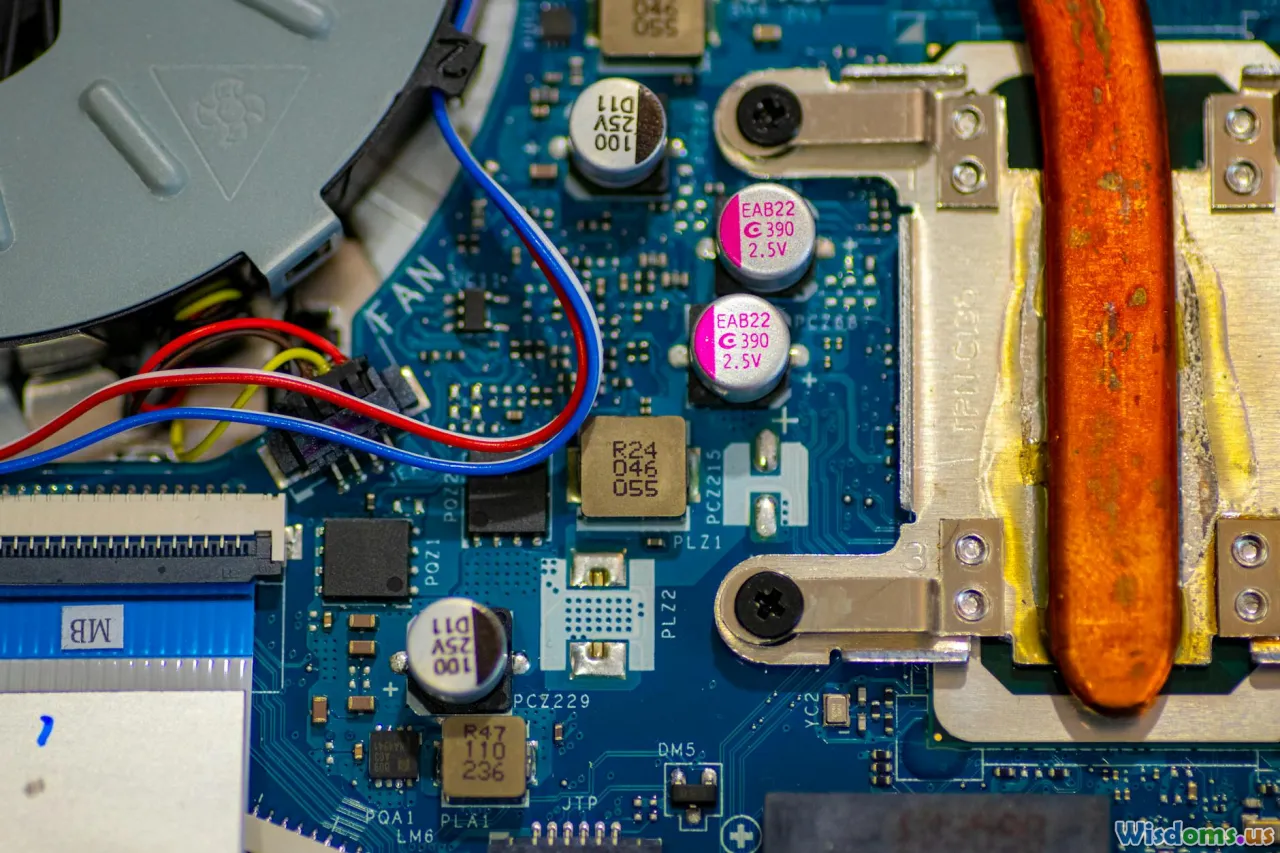
Ship integration is more than bolt-on launchers:
- VLS compatibility: Most first-line surface combatants use vertical launchers with standardized cell dimensions. A hypersonic interceptor sized to those cells is far easier to field at scale than a bespoke launcher.
- Thermal and structural impacts: Larger-diameter boosters and hotter plumes demand exhaust management and deck protection. Ships may require structural reinforcement or modified uptake systems.
- Power and cooling: Hypersonic weapons bring hotter electronics and high-demand seekers. Combat systems may need upgraded power distribution and chilled water capacity.
- Combat system software: Fire control loops, doctrine tables, and data fusion must be expanded to handle new engagement envelopes, multi-node cueing, and hypersonic-specific guidance modes.
Upgraded destroyers and cruisers are the most likely early hosts. New-build frigates with fewer cells may carry a token number for group defense but will still rely primarily on medium-range interceptors and soft-kill for self-protection.
Global Programs and Real-World Signals
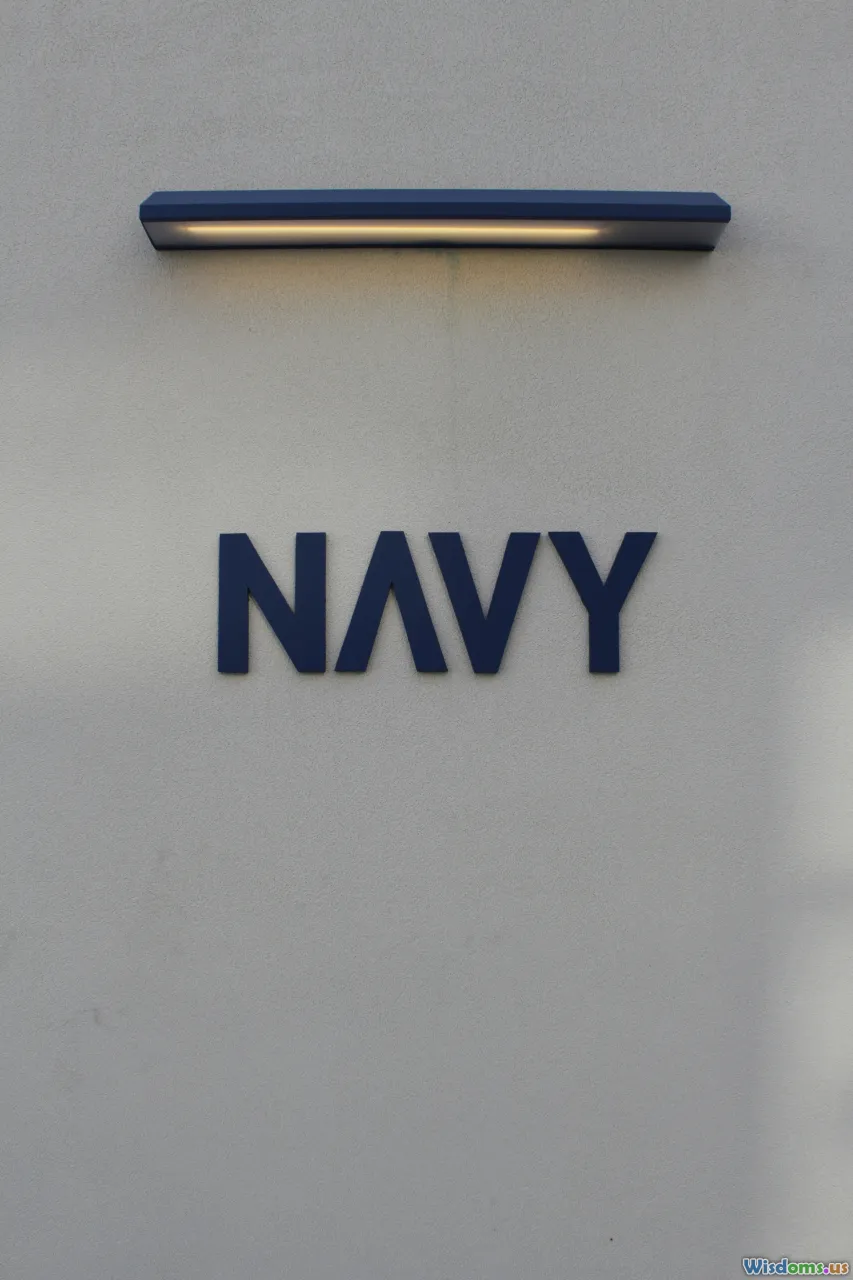
Publicly acknowledged efforts hint at the direction of travel:
- United States: The Missile Defense Agency and Navy are developing interceptors aimed at glide-phase threats and improving shipboard radars and space-based tracking prototypes to maintain custody of hypersonic vehicles. Variants of existing long-range SAMs are evolving to handle tougher endo-atmospheric targets.
- Europe: Collaborative initiatives are exploring endo-atmospheric interceptors and early warning architectures under multi-nation frameworks. The aim is to provide timely warning and an interceptor capable of coping with maneuvering threats in the upper atmosphere.
- Asia-Pacific: Regional navies are investing in longer-range air defense, seeker upgrades, and studies of hypersonic threats. Some are also partnering with the United States on new interceptor concepts.
- Russia and China: Public messaging emphasizes fielding hypersonic anti-ship weapons. Regardless of the exact performance, the message alone is reshaping naval defense planning worldwide.
Meanwhile, directed energy demonstrations at sea and frequent real-world intercepts of drones and missiles in busy waterways highlight the need for scalable defenses. The operational tempo has turned modern warships into live laboratories for layered defense.
Use Cases: Carrier Group vs. Hypersonic Raid

Imagine a carrier strike group in the open ocean facing a multi-axis attack involving:
- A hypersonic glide vehicle aimed at the carrier
- Supersonic sea-skimmers targeting escorts
- A cloud of one-way attack drones designed to soak up defensive fire
- Electronic jamming to complicate track correlation
A plausible defensive sequence might look like this:
-
Early warning and custody: Space-based IR sensors detect the boost of a hypersonic launch and provide an initial track. A high-altitude patrol aircraft refines the track on sea-skimmers beyond the ships’ radar horizon.
-
Engagement prioritization: The combat system tags the hypersonic threat as priority one. Escorts nearest the likely inbound path commit hypersonic-capable interceptors early, aiming for a glide-phase or high terminal intercept while geometry is favorable.
-
Raid shaping: Medium-range interceptors launch recursively against the supersonic missiles, while aircraft and picket ships extend the defended area. Electronic warfare deploys active decoys and jammers to break lock on leakers.
-
Drone attrition: Directed energy systems and close-in missiles methodically cull the drone cloud. The goal is to preserve expensive interceptors for high-end threats.
-
Shoot-look-shoot: If the first hypersonic intercept fails or only damages the threat, a follow-up shot has time to prosecute, thanks to the earlier engagement. Debris falls well short of the group.
-
Maneuver and deception: Throughout, the group maneuvers to complicate targeting, shifting the engagement window and rendering pre-computed aimpoints stale.
This vignette illustrates where hypersonic defenders add value: they create breathing room. But their success is predicated on the backbone—sensing, networking, doctrine, and a layered set of cheaper options to handle the bulk of the raid.
Beyond Missiles: Lasers, Jammers, and Decoys

Hypersonic interceptors are not the only future in ship defense. Several complementary technologies change the cost equation and handle threats hypersonics shouldn’t:
-
High-energy lasers: Prototype shipboard lasers in the tens to low hundreds of kilowatts have already downed drones at sea. As power scales, they can provide deep magazines for small UAVs and some cruise missiles under the right conditions. Lasers are line-of-sight and weather-limited, but they are cheap per shot and silent in the RF spectrum.
-
High-power microwave (HPM): Designed to fry electronics within a wide cone, HPM can disable swarms of small drones. Effective employment depends on range, aperture size, and target hardness.
-
Advanced decoys and soft-kill: Off-board active decoys can hover and generate convincing signatures, drawing seekers away. Modern electronic warfare suites adapt waveforms in real-time to counter agile seekers.
-
Guns with guided projectiles: While naval railguns have paused, guided projectiles fired from existing guns can extend reach and improve hit probability against some classes of threats at a fraction of missile cost.
These aren’t replacements for hypersonic defense; they are enablers of a sane defense economy. The right mix means saving hypersonic interceptors for the targets only they can reliably kill.
The Human and Software Factor: Training and Trust
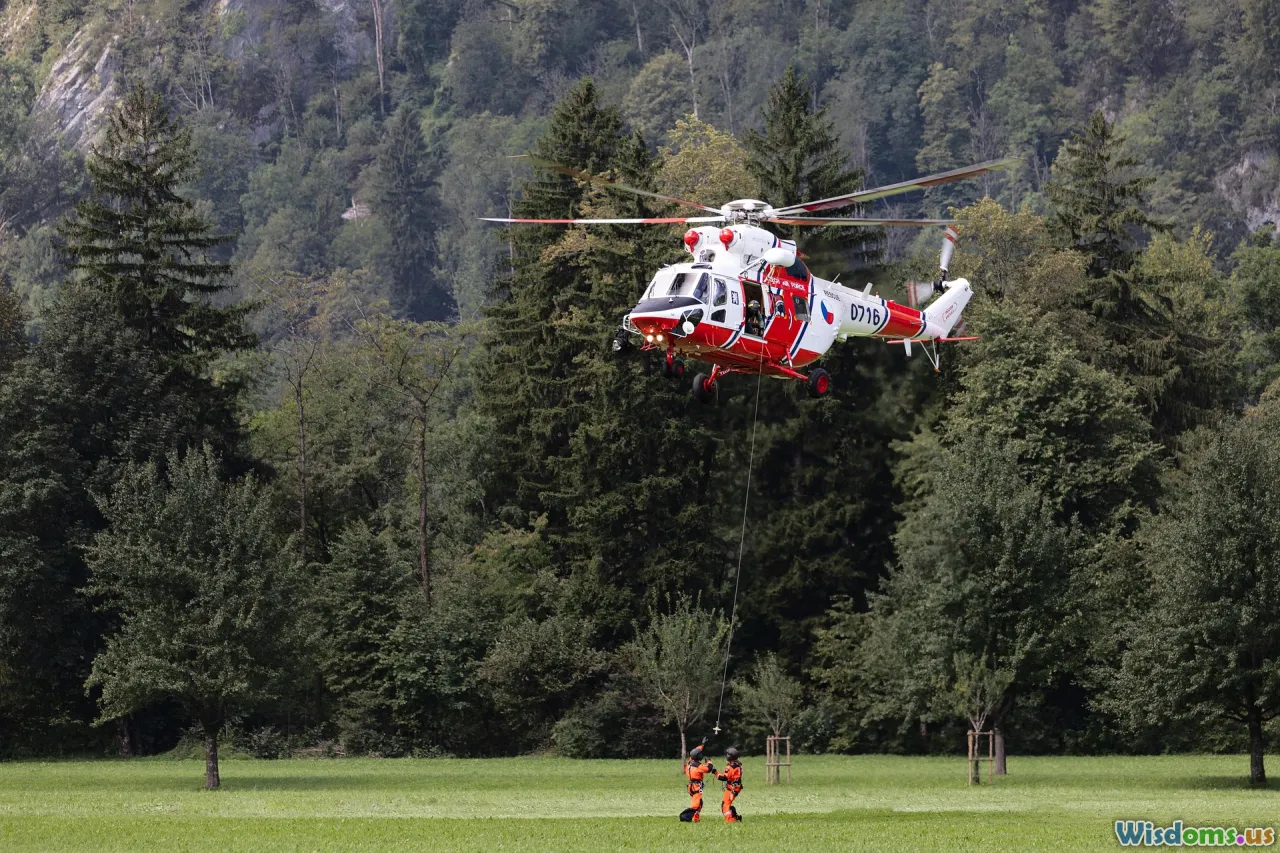
As systems grow faster and more complex, the crew’s cognitive load becomes the limiting factor:
- Decision automation: Battle management aids must recommend doctrine-based shots, manage track priority, and execute standard responses while preserving human veto power for ambiguous contacts.
- Simulation-rich training: Crews need reps under stress. Digital twins of combat systems and ship motion allow realistic, iterated practice with mixed raids, emissions control decisions, and degraded modes.
- Explainable autonomy: When software recommends spending your priciest interceptor, operators should understand why. Transparent logic builds trust and improves post-mission analysis.
- Interoperability drills: Hypersonic defense leans on off-board cues. Cross-platform exercises with aircraft, satellites, and allied ships expose latency and format mismatches before combat does.
Ultimately, hardware races ahead, but victory often hinges on doctrine, team coordination, and software that shortens the observe-orient-decide-act loop without creating brittle automation traps.
Metrics That Matter: How to Judge a Hypersonic Defender

To cut through hype, focus evaluation on measurable outcomes:
- Engagement window gained: How many additional seconds or kilometers does the interceptor buy compared to current missiles?
- Probability of kill across the envelope: Not at a single test point, but against representative endgame maneuvers, altitudes, and crosswinds.
- Track custody tolerance: How gracefully does the interceptor handle stale or degraded cues, and how often can it recover with onboard sensors alone?
- Logistics footprint: How many can you carry per ship? What’s the reload time and infrastructure requirement?
- Cost-per-raid defended: Over a campaign, accounting for the mix of threats, what is the total cost relative to alternatives?
These metrics prevent being dazzled by a headline speed number while missing integration and affordability, which determine real-world utility.
Practical Roadmap: How Navies Can Prepare Now

Whether or not hypersonic missiles become the primary defensive tool, navies can take concrete steps today:
- Invest in sensors and networks first: Without high-fidelity, low-latency cueing, hypersonic interceptors cannot reach their potential. Space-based IR prototypes, improved ship radars, and resilient links are foundational.
- Upgrade combat systems for speed: Doctrine engines should handle mixed raids, automate shot allocation, and fuse multi-sensor tracks with confidence scores.
- Pilot limited hypersonic magazines: Start with a small number of hypersonic-capable interceptors on a subset of ships. Gather data, refine tactics, and validate logistics.
- Build a tiered counter-swarm layer: Pair directed energy and soft-kill with medium missiles to keep costs under control against drones and older cruise missiles.
- Wargame economics: Red-team salvo competitions to identify where the defender’s cost curve breaks. Shape acquisition to bend that curve back in your favor.
- Train for degradation: Assume partial sensor loss, GPS jamming, and comms disruption. Practice manual doctrine overrides and local-control engagements.
This roadmap avoids an all-or-nothing bet while setting conditions for hypersonic defenders to deliver meaningful value.
Myths vs. Realities of Hypersonic Defense

-
Myth: Speed alone guarantees a kill. Reality: Seekers, guidance, and track quality matter as much as speed. A fast miss is still a miss.
-
Myth: Hypersonic interceptors will replace all other defenses. Reality: They will likely sit atop a layered system, reserved for the toughest targets. Cheaper layers handle volume.
-
Myth: Ships can’t host them without total redesign. Reality: Designs compatible with existing vertical launch cells are feasible, though with thermal and software upgrades. New builds can optimize further.
-
Myth: Hypersonic threats are unstoppable. Reality: Difficult is not impossible. With better custody from space, improved radars, and smart interceptors, the defender can recapture initiative.
Strategic and Ethical Considerations

Fielding hypersonic defense shifts strategic calculations:
- Deterrence by denial: Publicly demonstrated defensive capacity against hypersonic threats reduces an adversary’s confidence in a knockout salvo, complicating coercion strategies.
- Escalation management: Faster timelines compress decision windows. Clear rules of engagement, positive identification, and robust deconfliction become even more vital to avoid miscalculation in busy sea lanes.
- Proliferation pressures: As more nations field hypersonic weapons, demand for defenses will spread. Export controls, alliances, and shared sensor networks can help friendly states keep pace without accelerating risky arms races.
Ethically, reducing the vulnerability of ships—especially those escorting civilian shipping—has value. But transparency about capabilities and safeguards remains important to avoid destabilizing surprises.
A Comparative Lens: Hypersonics vs. Alternatives

-
Against hypersonic attackers: Hypersonic interceptors, aided by space-based tracking, likely provide the strongest endo-atmospheric kill option. Medium-speed missiles struggle to match kinematics.
-
Against supersonic cruise missiles: A mix of medium-range SAMs and soft-kill often offers the best cost-performance. Hypersonic interceptors add early shots against the first wave or far-flung leakers.
-
Against subsonic low-RCS cruise missiles: Detection is the challenge. Once detected, medium-range interceptors are usually sufficient; soft-kill and lasers can help at short range. Hypersonic speed is less critical here.
-
Against UAV swarms: Directed energy, HPM, guns with guided rounds, and electronic warfare shine. Hypersonic interceptors are overkill except for specialized high-value UAVs.
This comparison reinforces the layered approach: use the right tool for the right tier of the threat.
What “Future of Ship Defense” Really Looks Like

Are hypersonic missiles the future of ship defense? They are a future—an essential chapter, not the whole book.
- As a top layer, hypersonic interceptors restore time, reach, and kinematic overmatch against the hardest targets. They may be decisive in the first seconds of a hypersonic raid.
- As part of an integrated architecture, they depend on better sensing, networking, and software to make those seconds count.
- Economically, they must be rationed within a tiered defense to avoid losing the cost-per-shot war to cheaper salvos.
If you are a surface warfare officer, the practical takeaway is this: push for sensor upgrades, train relentlessly on mixed-raid doctrine, and expect to carry a few hypersonic arrows in your quiver for the shots that matter most.
If you are an engineer, remember that seeker performance and thermal management are as decisive as propellant. Build for VLS compatibility and for graceful degradation when cues are imperfect.
If you are a policymaker, invest first in the connective tissue—space sensors, radars, and combat system software—then scale hypersonic magazines as tactics mature. Guard the economics with directed energy and soft-kill.
In the end, the ships that survive the next decade’s salvos won’t rely on a single wonder weapon. They will win because their crews see farther and decide faster, because their defenses are layered and economical, and because, when the hardest threat appears on the scope, they have a hypersonic option ready—and the wisdom to know when to use it.
Rate the Post
User Reviews
Popular Posts










